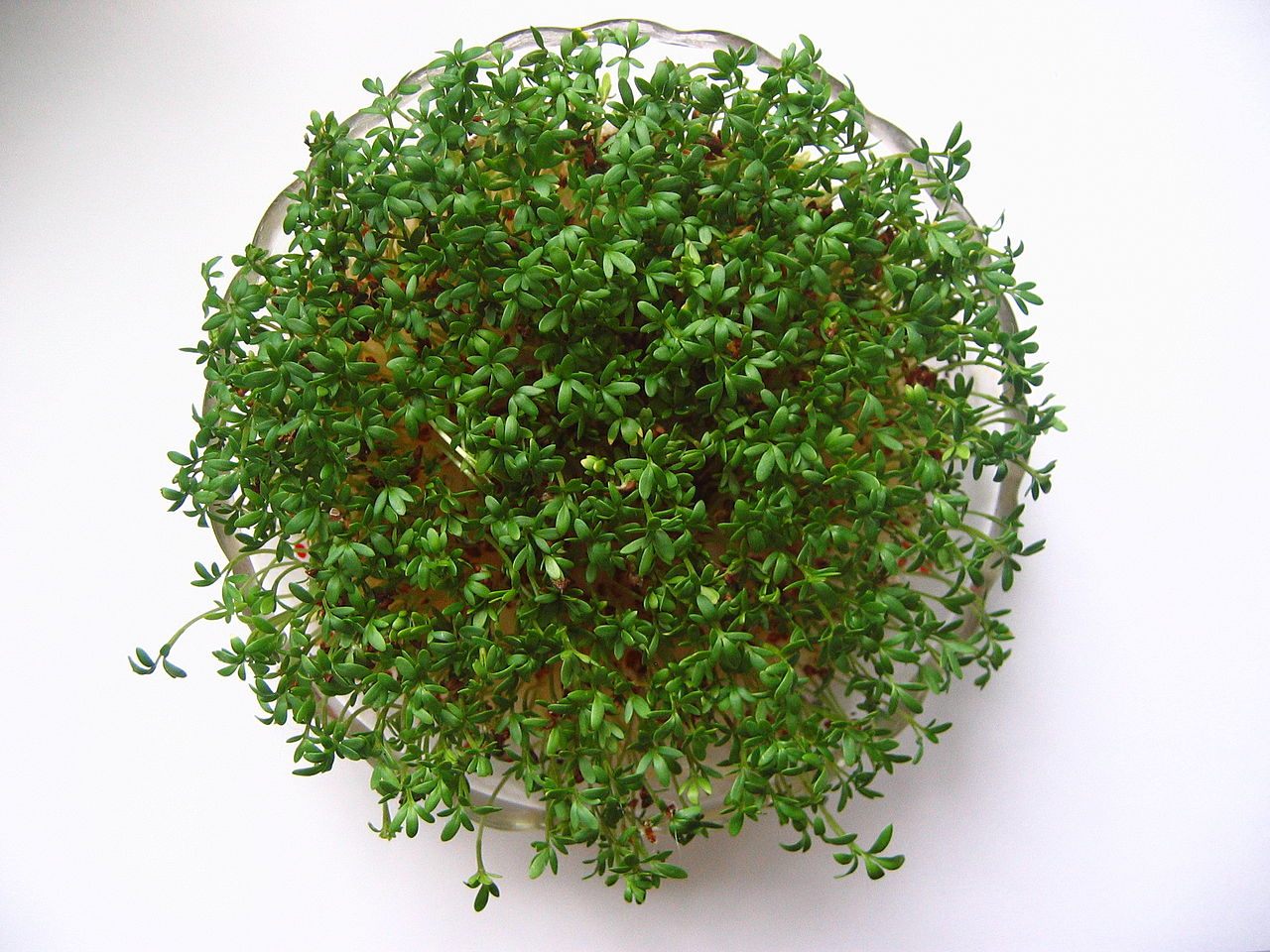Featuring image: Cress can grow nearly everywhere, but can it also survive on the Moon? Bastet78, Wikimedia Commons, Creative Commons (CC BY-SA 4.0).
Authors: A.-L. Paul, S. M. Elardo and R. Ferl
Plants surround us everywhere and dominate our planet. We feed from them, we build our homes from them and we need them as a source for oxygen. We couldn’t imagine a world without them. But can we take them with us, when we visit other worlds?
In space science, plants have already played an important role. They are often used as model organisms for experiments and in future space missions they might even be used as important additions to the astronauts’ food and life supply. Thus, they already made their way up to the International Space Station. Now for the first time, Paul and colleagues have tried to grow plants in original lunar soil, finding that we may be able to take our green companions with us to the Moon.
Continue reading “Dreaming of a green Moon – farming lunar fields”


